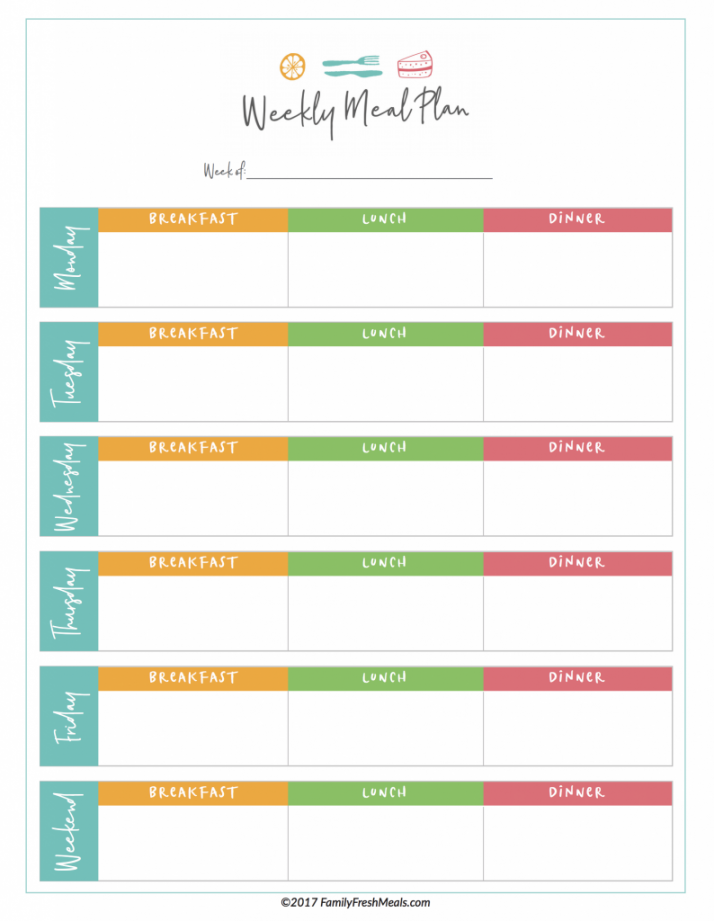A beginner’s guide to meal prepping
If you find yourself spending too much on takeout or don’t feel motivated to cook a meal after a long day of work, meal prepping might be the best alternative for you.

Meal prepping has become an increasingly popular method for many — and for good reasons.
“Whether it’s planning for a week of meals or just the day before, meal preparation can ease your stress and help you stay on track with your health and wellness goals,” per North Shore University Health System. “With a healthy meal plan that you create, you are sure to enjoy each meal and advance your culinary skills in the process!”

Plan ahead
In case it wasn’t obvious, meal prepping takes some planning in advance to fulfill its purpose.

Setting some time aside at the beginning of the week to create meals will give you one less thing to stress about during your week.
According to Select Health, “Figuring out what to make for dinner may seem harmless, but for some people, struggling with this every day can be stressful and overwhelming. When you meal prep for the week, you don’t have to engage in that battle every day.”

Choose a prep day each week when you know you can set aside time to create your meal calendar, buy groceries and get to cooking.
Related
Types of meal prepping
There are three common ways that people choose to mean prep: Batch cooking, individually portioned meals and prepped ingredients.
Batch cooking is when you create a large quantity of a meal, like soup or pasta, and have that be your meal for the week.
“This method is typically done over the weekend when you have more time available. The cooked food is then refrigerated or frozen and can be reheated during mealtimes throughout the week,” per Nymble Blog.
Individually portioned meals are a bunch of mini-meals, so they add a lot of variety to your weekly meals, which can be a nice change from the repetitive nature of batch cooking.
This type of meal prepping is especially useful for those who aim for precise portion control, either for dietary needs, weight management or specific fitness goals.
“Fully-cooked meals, typically including lean protein, complex carbs, and fruits and veggies” are popular meal prep ideas per The Fit Cook. “By portioning your meals in advance, you reduce the risk of overeating or grabbing unhealthy food options when you’re hungry. Consider individually portioned meals for weight loss goals.”
Prepped ingredients is perhaps the simplest way to go about meal prepping. You are not necessarily making meal but rather doing a “bunch of chopping, peeling, slicing, or roasting beforehand and use those prepared components in recipes later on,” according to Good Housekeeping.
Prepped ingredients make it easier to incorporate more vegetables and fruits into your diet by having them cut and prepared ahead of time.
How to make it a habit
Having the right equipment to get the full benefits of meal prepping can make it more worth your while.
By prepping specifically what will be consumed, perishable items are less likely to be neglected and thrown away. However, to truly reap these benefits, certain strategies are recommended:
Investing in quality storage containers, for instance, can keep meals fresh and facilitate portioning.
Tools like slow cookers or Instant Pots can simplify the cooking process.
Choosing versatile ingredients, labeling meals and freezing portions can streamline the meal prep process and enhance the overall experience.
Ultimately, while meal prepping does require planning and effort, its advantages in terms of savings, nutrition and convenience make it a worthwhile endeavor.